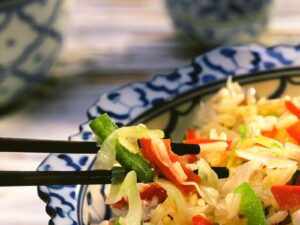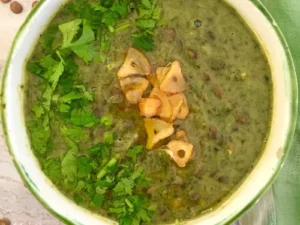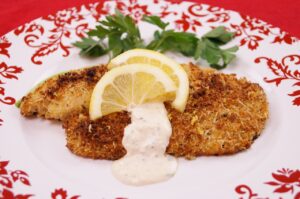Introduction:
Bajra, scientifically known as Pennisetum glaucum, is a resilient and nutritious millet that has been a staple in the diets of various cultures for centuries. Originating in Africa and now cultivated worldwide, bajra holds a special place in traditional cuisines due to its versatility and health benefits. In this detailed blog, we will explore the origins, nutritional composition, culinary uses, and health advantages associated with bajra.
Origins and Cultivation:
African Heritage:
- Historical Roots:
- Bajra has its roots in Africa, where it has been cultivated for thousands of years.
- Global Cultivation:
- Adapted to diverse climates, bajra is now grown in regions around the world, including Asia and the Americas.
Nutritional Composition:
Whole Grain Goodness:
- Rich in Dietary Fiber:
- Bajra is a superb source of dietary fiber, promoting digestive health and aiding in weight management.
- Protein Powerhouse:
- Packed with plant-based protein, bajra is an excellent option for vegetarians and vegans.
Essential Nutrients:
- Vitamins and Minerals:
- Bajra contains essential vitamins such as B-complex vitamins, iron, magnesium, and phosphorus.
- Antioxidants:
- The presence of antioxidants in bajra contributes to its potential to combat oxidative stress.
Gluten-Free Goodness:
- Gluten-Free Grain:
- Ideal for those with gluten sensitivities, bajra is a gluten-free grain offering a nutritious alternative.
- Low Glycemic Index:
- Bajra has a low glycemic index, making it a favorable choice for those managing blood sugar levels.
Culinary Uses:
Bajra Flour and Whole Grains:
- Bajra Roti (Flatbread):
- Bajra flour is commonly used to make rotis, unleavened flatbreads that complement a variety of dishes.
- Porridge and Pilaf:
- Whole bajra grains can be used to prepare porridge or added to savory pilafs for a wholesome meal.
Bajra in Snacks and Sweets:
- Bajra Khichdi:
- Bajra khichdi, a savory dish with rice and lentils, is a nutritious and comforting meal.
- Bajra Ladoo:
- Bajra flour is used to make ladoos, sweet spherical treats often prepared during festivals.
Bajra-based Beverages:
- Bajra Kheer:
- Bajra kheer, a millet-based pudding, is a delightful dessert option.
- Bajra-Based Drinks:
- Bajra can be used to make refreshing beverages like bajra kanji or a nutritious malted drink.
Health Advantages:
Digestive Health:
- Fiber for Regularity:
- The high fiber content in bajra promotes regular bowel movements and a healthy digestive system.
- Prebiotic Properties:
- Bajra acts as a prebiotic, nourishing beneficial gut bacteria and supporting gut health.
Heart Health:
- Cholesterol Regulation:
- The soluble fiber in bajra may help regulate cholesterol levels, contributing to heart health.
- Blood Pressure Management:
- Bajra’s magnesium content supports blood vessel health and may help manage blood pressure.
Blood Sugar Control:
- Stable Blood Sugar Levels:
- Bajra’s low glycemic index aids in maintaining stable blood sugar levels, making it suitable for diabetics.
- Insulin Sensitivity:
- Regular consumption of bajra may contribute to improved insulin sensitivity.
Nutrient Diversity:
- Essential Nutrients:
- Bajra provides a range of essential nutrients, supporting overall health and well-being.
- Anemia Prevention:
- The iron content in bajra can help prevent iron deficiency and anemia.
Conclusion:
Bajra, often referred to as the pearl millet, is a nutritional gem that adds both flavor and health benefits to diverse cuisines. From the kitchen to the fields, bajra showcases its versatility and resilience. Whether enjoyed as a hearty flatbread, a comforting porridge, or a sweet treat, bajra contributes not only to the culinary landscape but also to the well-being of those who savor its wholesome goodness. As we appreciate the rich nutritional profile and cultural significance of bajra, let this resilient millet continue to be a nourishing presence on our plates and a symbol of sustenance for generations to come.













